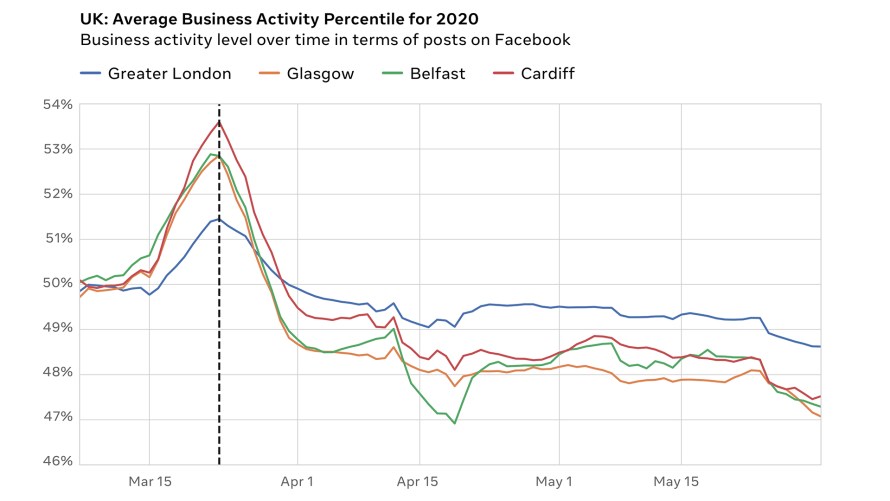fs.blog: “There are costs to falling community participation. Rather than simply lamenting the loss of a past golden era (as people have done in every era), Harvard political scientist Robert D. Putnam explains these costs, as well as how we might bring community participation back.
First published twenty years ago, Bowling Alone is an exhaustive, hefty work. In its 544 pages, Putnam negotiated mountains of data to support his thesis that the previous few decades had seen Americans retreat en masse from public life. Putnam argued Americans had become disconnected from their wider communities, as evidenced by changes such as a decline in civic engagement and dwindling membership rates for groups such as bowling leagues and PTAs.
Though aspects of Bowling Alone are a little dated today (“computer-mediated communication” isn’t a phrase you’re likely to have heard recently), a quick glance at 2021’s social landscape would suggest many of the trends Putnam described have only continued and apply in other parts of the world too.
Right now, polarization and social distancing have forced us apart from any sense of community to a degree that can seem irresolvable.
Will we ever bowl in leagues alongside near strangers and turn them into friends again? Will we ever bowl again at all, even if alone, or will those gleaming aisles, too-tight shoes, and overpriced sodas fade into a distant memory we recount to our children?
The idea of going into a public space for a non-essential reason can feel incredibly out of reach for many of us right now. And who knows how spaces like bowling alleys will survive in the long run without the social scenes that fuelled them. Now is a perfect time to revisit Bowling Alone to see what it can still teach us, because many of its warnings and lessons are perhaps more relevant now than at its time of publication.
One key lesson we can derive from Bowling Alone is that the less we trust each other—something which is both a cause and consequence of declining community engagement—the more it costs us. Mistrust is expensive.…(More)”



